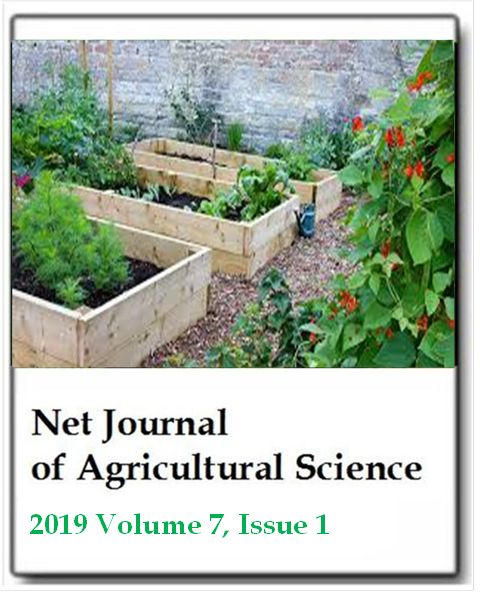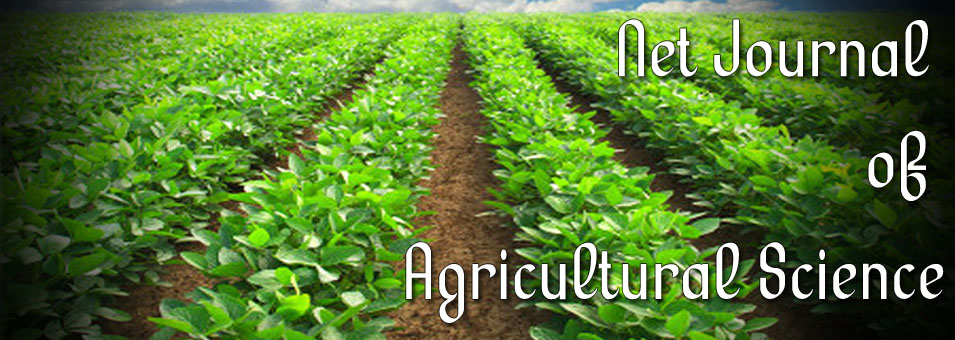Phytoremediation potential of Allium cepa var. aggregatum on different soils contaminated with heavy metals
Okunlola A. I.Net Journal of Agricultural Science
Published: February 11 2019
Volume 7, Issue 1
Pages 30-33
DOl: https://doi.org/10.30918/NJAS.71.19.012
Abstract
The rapid industrialization in the urban cities of Nigeria has increased environmental pollution owing to increased human activities on energy reservoirs and unsafe agricultural practices resulting in heavy metals accumulation that are toxic to plants. In view of this, a research was conducted to investigate the phytoremediation potential of Allium aggregatum identified as a useful short-term test-system in biomonitoring of pollution on different soils contaminated with heavy metals. The experiment conducted of January to June 2016 in the screenhouse of the Department of Crop, Soil and Pest Management of the Federal University of Technology, Akure (FUTA) was laid out in a Complete Randomised Design (CRD). Seeds obtained from Songhai Farms Port Harcourt, Nigeria were sown into pots filled with soil taken from four different locations (dumpsite, mechanic workshop, effluence site, and forest) in January 2016. Data were collected on: plant height, number of leaves, stem girths. Initial and final soil chemical analyses were done on the soils taken from different sites, to determine the heavy metal concentration prior to and after the experiment. The content of Mg and Fe and follow heavy metals were determined; Zn, Pb and Cu. Results of the study indicated that the heavy metal concentrations in the soils were significantly reduced (Pb was completed eliminated). The percentage of unabsorbed metal concentration (Mg, Zn, Cu and Fe) varies from one soil sample to another. Further study is recommended to establish the phytoremediation potential of ornamental plants.
Keywords: Environmental pollution, remediation, ornamental, heavy metal, soils.
Full Text PDF
ISSN: 2315-9766
